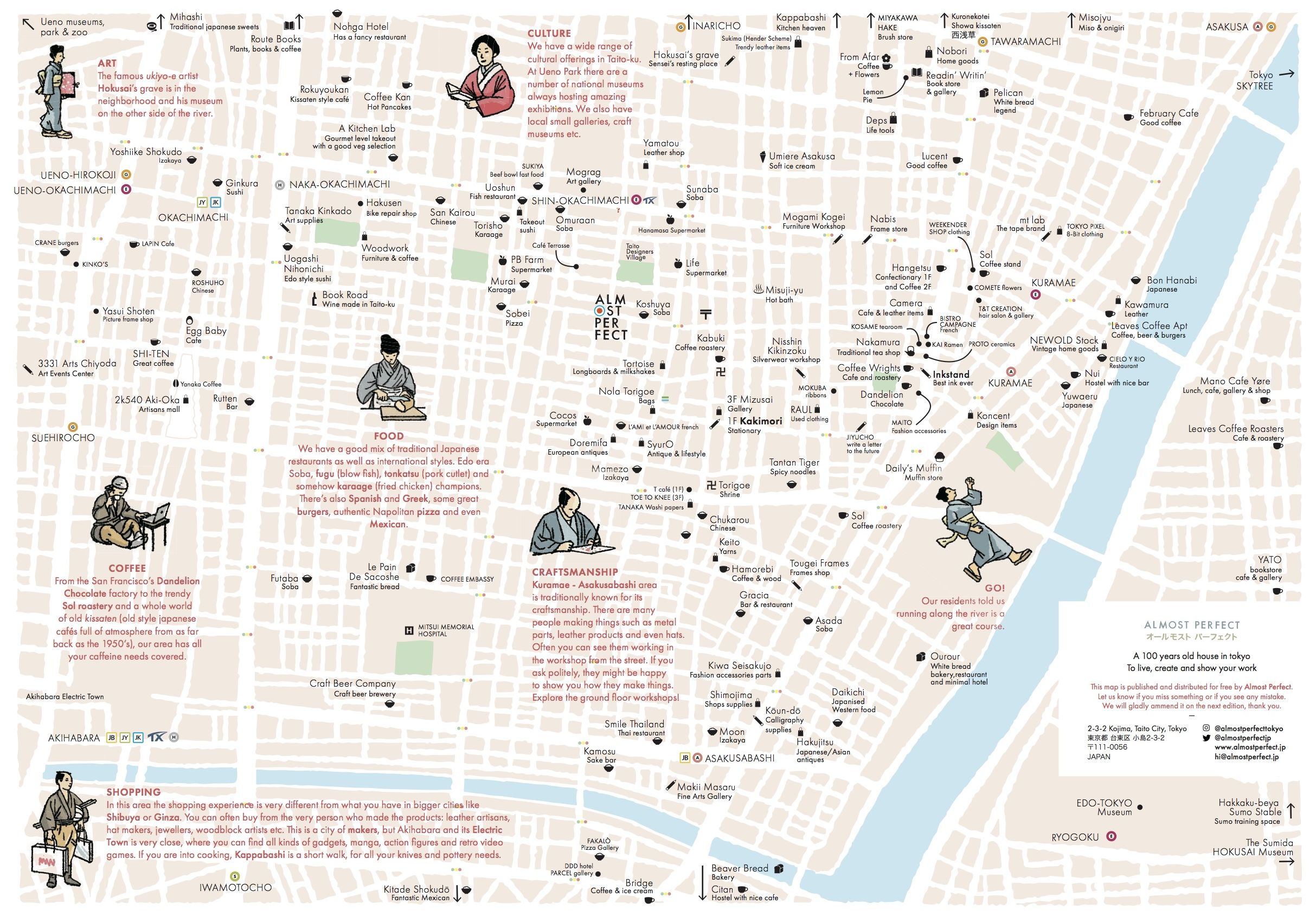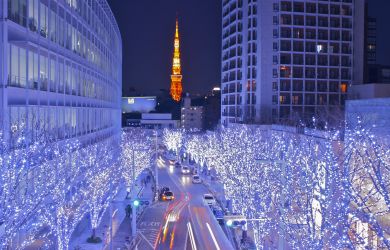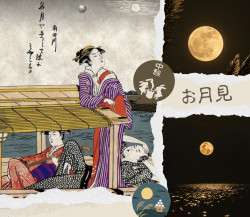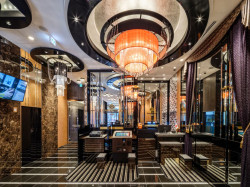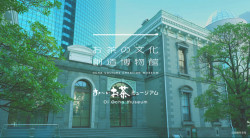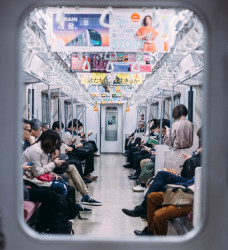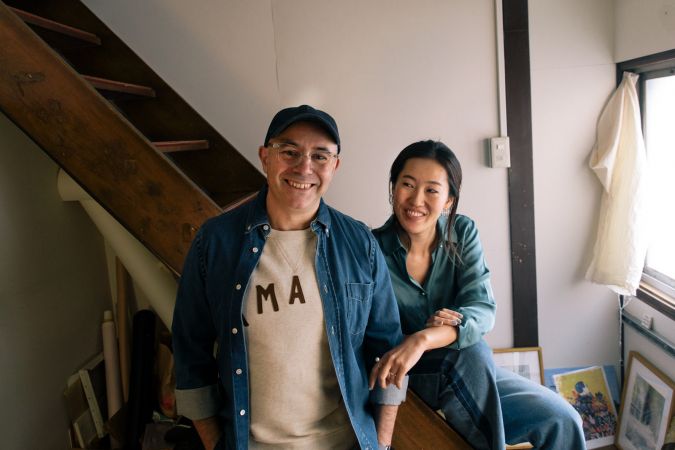
January 18, 2021
Kuramae: Shaking up Shitamachi
Almost Perfect founders Yuka and Luis Mendo walk us through their Tokyo neighborhood
A stone’s throw from Akihabara’s electric streets and Tokyo’s oldest Buddhist temple, Kuramae is the epitome of the capital’s northern sphere: nostalgic, serene and often rusty. Here, the roads are wider and customers enjoy a deeper bond with shopkeepers who are happy to explain the origin of a particular coffee bean or stitching technique. The area’s rich craftsmanship culture has attracted a number of hip destinations, like San Francisco’s bean-to-bar chocolatier Dandelion Chocolate and custom stationery shop kakimori.
To honor and uplift Kuramae’s artisan roots, Yuka and Luis Mendo established Almost Perfect in 2018. Housed within a century-old rice shop, the renovated space features a gallery, workshop and living accommodations for artists in Almost Perfect’s residency program. The founders describe themselves as “local ambassadors” and have even created their own neighborhood map of spots to visit. Metropolis chatted with Yuka and Luis to learn more about what makes this slice of Tokyo so special.
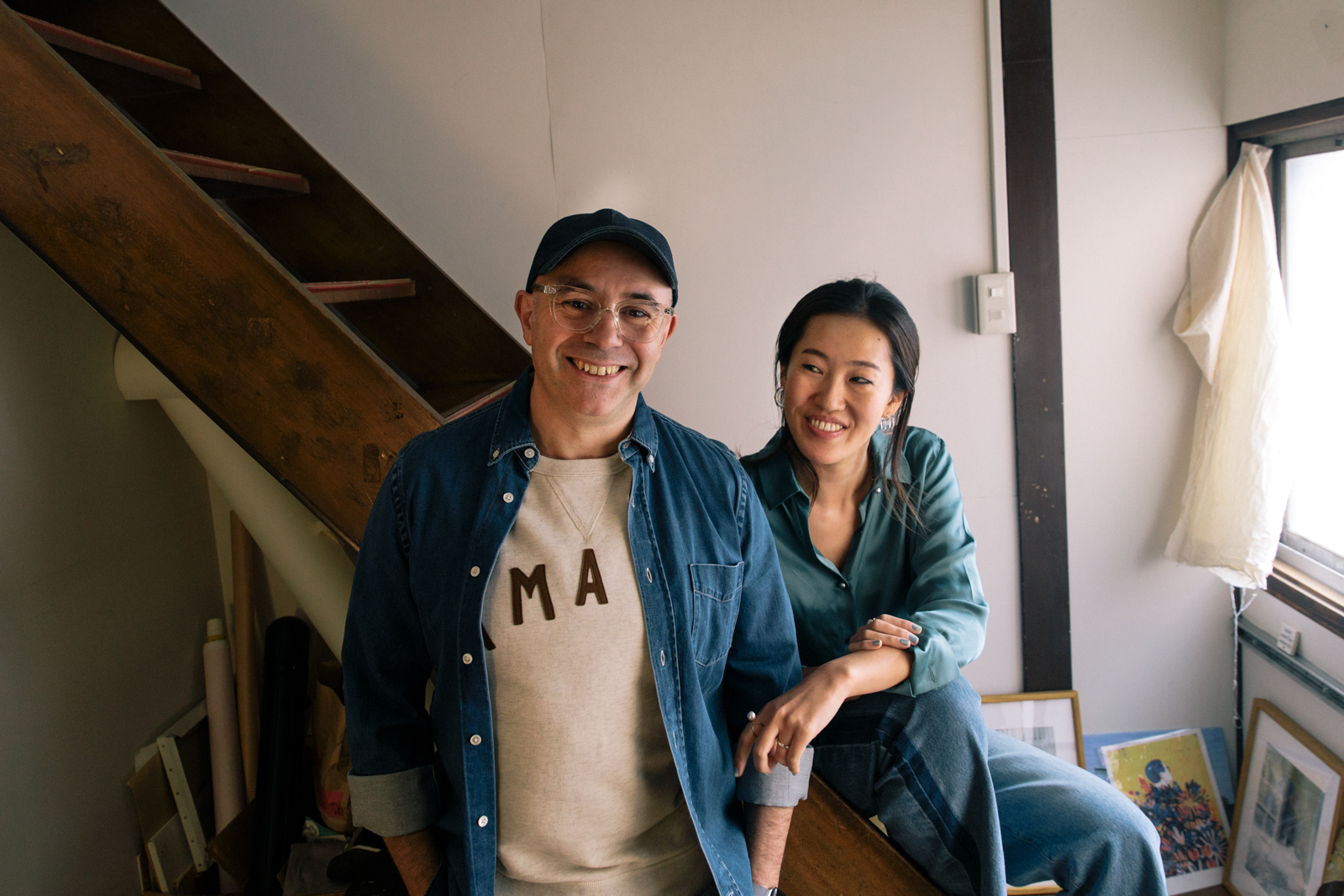
What is the goal of Almost Perfect?
Yuka Mendo: To empower artists and inspire the community.
Luis Mendo: We’re an artist’s residence, where artists come for a place to create work and get a room and a working space. We want to expand it to not only artists but all kinds of creatives. In that sense, we are different because most artist residences are for painters or sculptures, but we want all kinds of creativity.
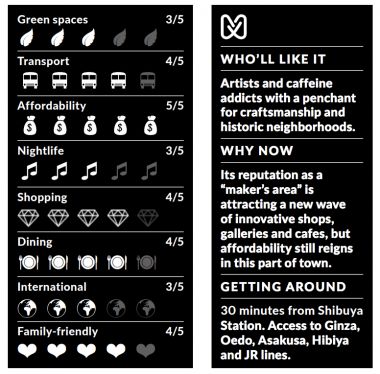
So far, what kinds of creatives have stayed at Almost Perfect?
YM: Illustrators, designers, sculptors, musicians, entrepreneurs, photographers, videographers.
LM: We have lots of illustrators because I’m an illustrator and friends get the word out. But all kinds of creatives. Even people who have a boring job but are creatives on their own, we welcome. We want talented people who have a plan and need the space and the time to realize it.
Do most of these creatives live in Japan or come from abroad?
LM: All of them come from abroad. We are open, for example, if someone is from Niigata and they want to come, of course, we welcome them. But so far we only have foreigners.
How do they like the Kuramae neighborhood?
YM: They love it. Usually, it’s not their first time being in Tokyo, so they’ve already been to Shibuya and Aoyama and Shinjuku and all these famous places, and they’re kind of done with that. [Kuramae] is the real Tokyo. They really like this low-key, down-to-earth neighborhood. Also, this is a neighborhood of makers — lots of manufacturers, lots of small workshops and craftsmen who actually make stuff with their hands.
[M]ost of the people making things are very old. So in 20 years, what’s going to happen? The city of Taito is investing a lot to keep this tradition of makers and curate young designers and makers.
— Yuka Mendo, co-founder of Almost Perfect
LM: It’s very interesting that if you go to Shibuya or Ginza, you will buy a lot of stuff that is actually made in Taito-ku. All the leather wallets, bags and paper goods you buy in oshare, elegant shops in Shibuya or Ginza are made here. So by being here, creative people are in [direct] contact with the makers.

You describe Taito-ku as a “maker’s area.” What challenges does the local craft industry face today?
LM: Mass production and cheap production in China. We have a guy here who makes pins, you know, these beautiful pins made with enamel and metal. You can have those made in China really cheap and by the thousands. But this guy makes them by hand or with a machine. He sells to mainly schools. It’s a tiny shop, with just an old guy making them. So of course the challenge is, how does a guy like that survive in the world today?
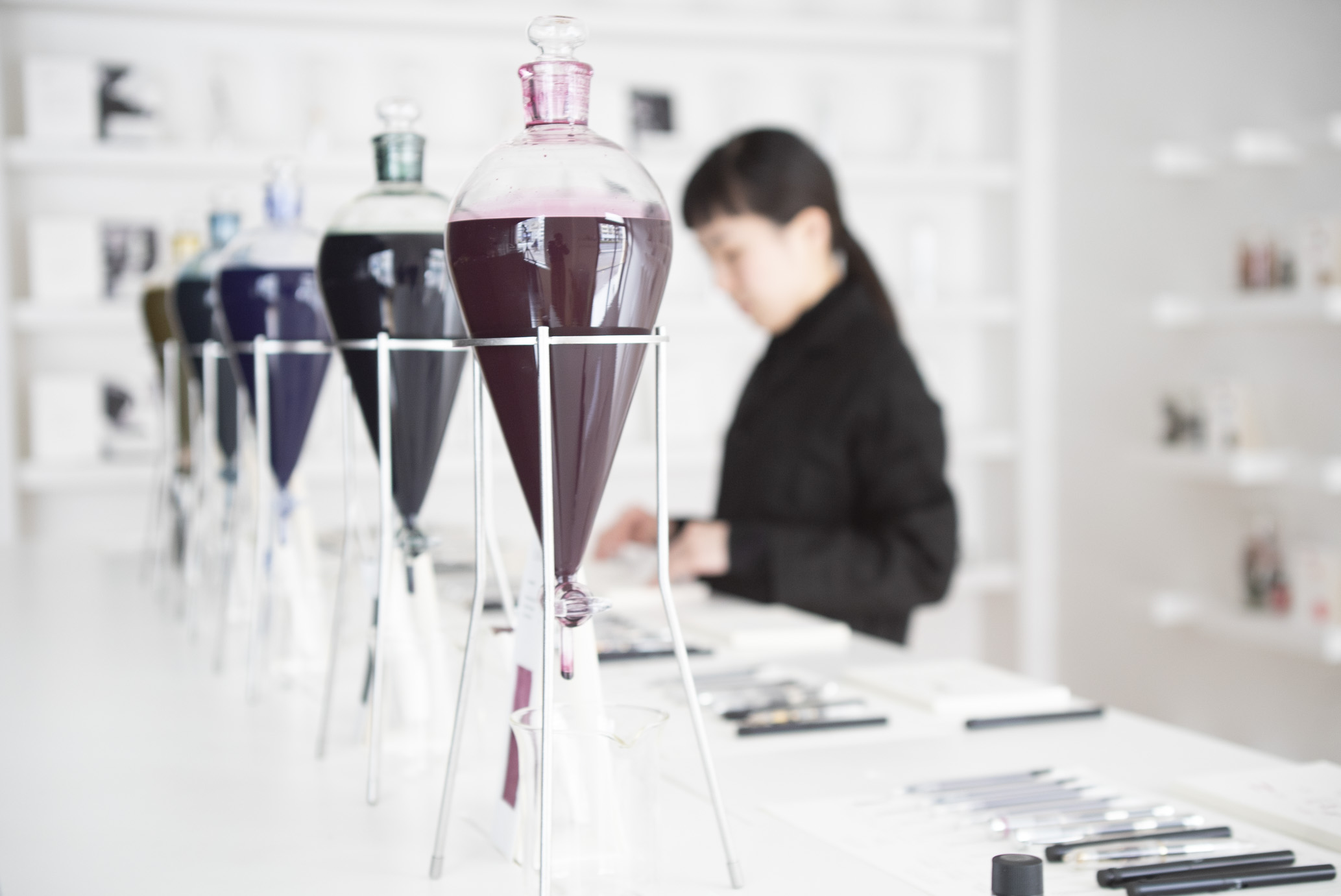
YM: Also, most of the people making things are very old. So in 20 years, what’s going to happen? The city of Taito is investing a lot to keep this tradition of makers and curate young designers and makers. I think it’s working partially, and we have to do more about that.
LM: I think with Covid, people are realizing that you cannot keep ordering things from miles and miles away. It’s better for you to go to a shop in your neighborhood or your city. That’s why we’re optimistic.
Was Kuramae a natural choice for Almost Perfect?
LM: It was more organic. I used to live in Minato-ku and I came here because there’s a shop, kakimori, where you can have your own sketchbook custom made. You choose a paper and size and they make it for you on the spot. I used to come here just to get my sketchbooks, and every time, you have to wait like 10, 15 minutes until the sketchbook is made. So I would just be walking around, having coffee, and I thought, Wow, this is a nice area. I told Yuka, let’s go there.
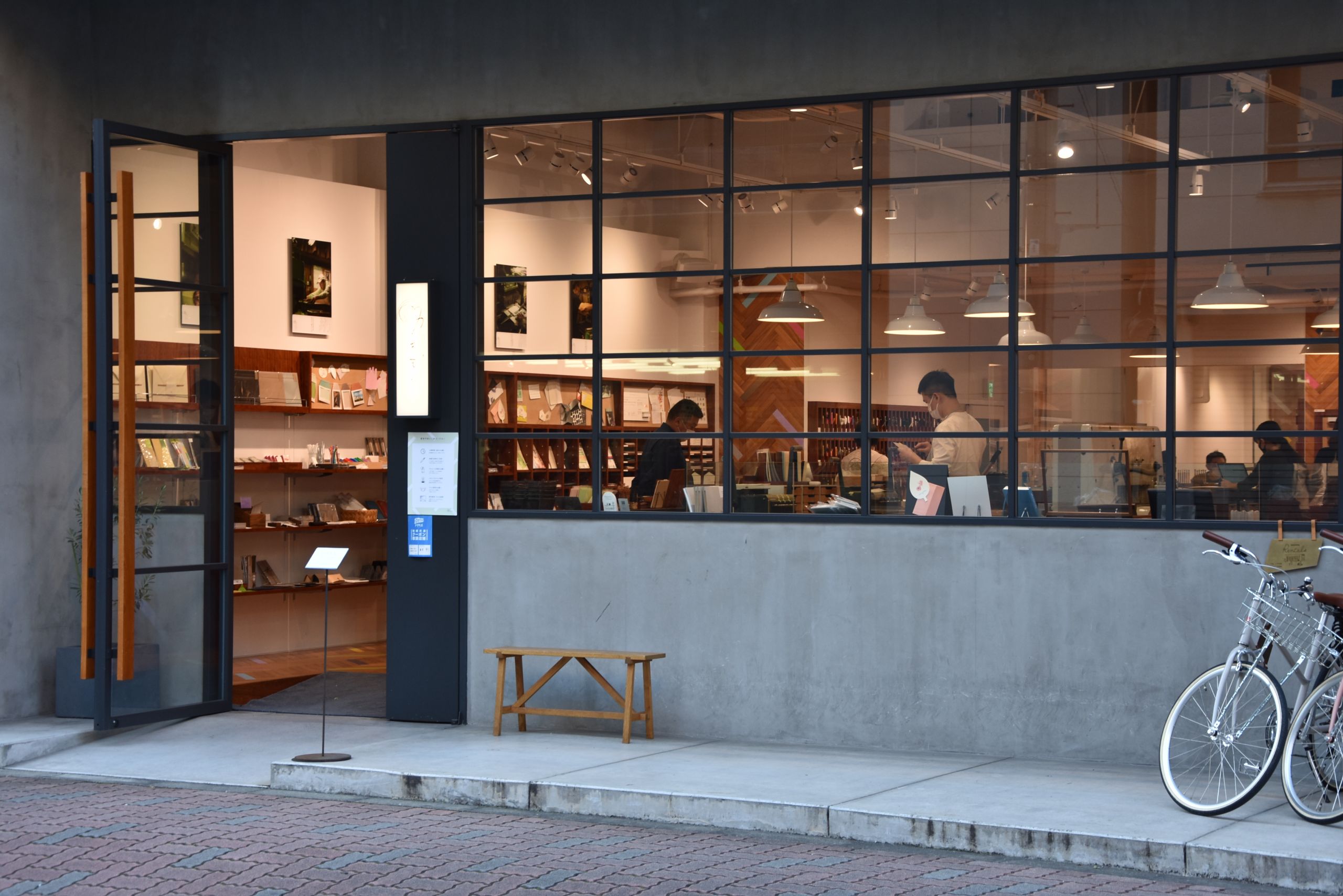
What’s the demographic like in the area?
LM: There are a lot of old people, but it’s changing. They just built a beautiful, amazing school in Kuramae and hopefully, our child will go there for school. You can see that there are more young couples with babies, and new mansions being built.
I think with Covid, people are realizing that you cannot keep ordering things from miles and miles away. It’s better for you to go to a shop in your neighborhood or your city.
— Luis Mendo, co-founder of Almost Perfect
YM: It’s an interesting mixture. There are lots of old people who have been here their whole lives, with two, three generations living in the same house. But because there are lots of nice cafes and new shops here, and rent is still quite low, young couples and young families are moving in.
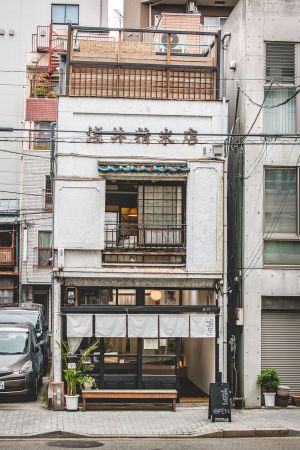
Why should someone visit or live in your neighborhood instead of some of the more famous Tokyo hotspots, like Shibuya?
LM: Why not? [laughs.]
YM: It’s more real. If I go to London, I don’t want to just go to the Piccadilly Circus or the Oxford Circus. I want to see what real people do, which bar people actually go to, and all these small local tips — not the tourist traps. I think [Kuramae] is full of authentic Tokyo people. These things exist in Shibuya and Shinjuku, too, but here, I think it’s more real.
LM: The price of living. If you have to pay 200,000 yen a month for an apartment, you get a neighborhood full of only people who can afford that. If the average rent in an area is 100,000 yen or less, then you get more of a mix of people. Also, it’s an area that, like Yuka says, shows more of the real Tokyo. But what is the real Tokyo? I think the charm of Tokyo is that you can find all kinds of people in all areas. In this area, you will see a more miscellaneous mix, an average, of hipsters, old people and young couples. We know amazing creative people in this area. We also know a lot of obachan and ojisan who have been here since forever, and that’s what makes [Kuramae] so nice.
YK: The big difference here is that you go to a shop or cafe and actually get to talk to the person who is making [the product]. If you go to a wallet shop, you can talk to the woman who’s actually sewing it. You start making the connections more. It’s not just someone working there part-time and selling something. It’s more intimate.
Almost Perfect is temporarily closed due to COVID-19. Follow @almostperfecttokyo on Instagram for more updates.
almostperfect.jp
Header image of the Almost Perfect entrance by Wesley Verhoeve.
A Day in Kuramae
Where to go and what to do in the neighborhood
